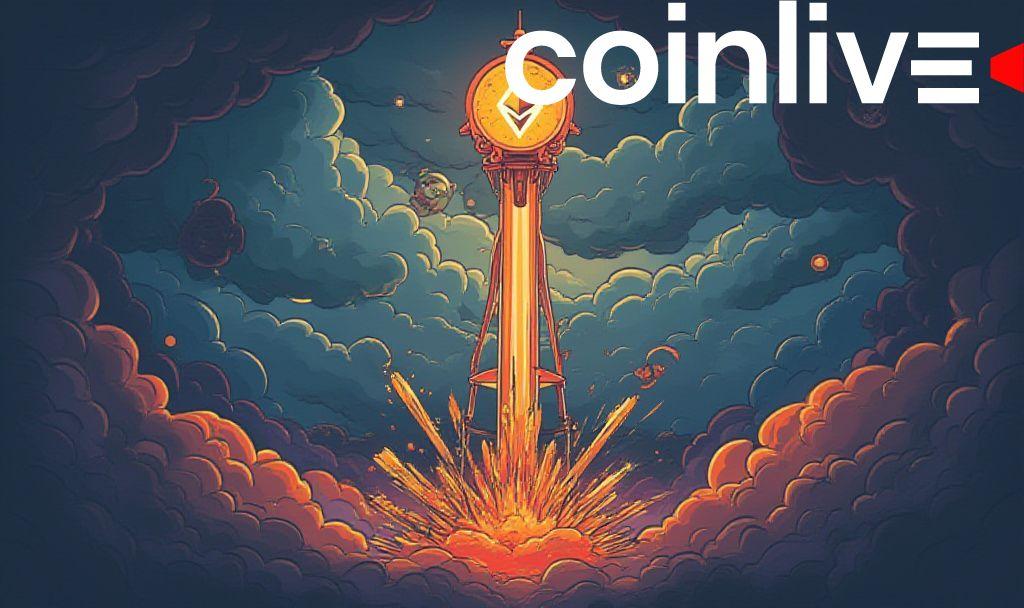- PumpFun’s fee revenue reaches $294 million in 2025.
- Ethereum trails with $249 million in the same period.
- Meme tokens drive growth on Solana network.

PumpFun, operating on the Solana blockchain, has surpassed Ethereum in fee revenue for 2025, amassing $294 million against Ethereum’s $249 million, according to Token Terminal.
PumpFun has generated $294 million in fees so far in 2025, leveraging its position as a meme token launchpad built on Solana. The platform’s notable rise is fueled by the return of prominent creators and new features, such as the creator streaming function.
The project’s fee generation has outpaced Ethereum, indicating increased user engagement and higher transaction volumes within Solana’s ecosystem. This surge has positioned PumpFun among the top five blockchain projects by daily fee revenue. Notably, the project operates without a widely publicized leadership team, maintaining a pseudonymous presence typical of meme and DeFi initiatives.
“The fees are incredibly attractive compared to Ethereum, it’s a game changer!”
PumpFun’s fee growth significantly impacts the Solana ecosystem, boosting network fees to $1.28 million daily. Elevated transactions, primarily driven by meme trading, contribute to higher DEX volumes and validator returns. The project has also affected Ethereum by showcasing evolving revenue models and the increased prominence of application-specific platforms.
PumpSwap, PumpFun’s DEX platform, now accounts for 6.8% of Solana’s decentralized exchange volume. The activity promotes financial benefits for Solana validators with nearly $2.7 million produced weekly. Despite this growth, no new institutional funding or government regulatory adjustments are currently recorded regarding PumpFun’s expansion.
Secondary layers now absorb user activity, lessening Ethereum’s unmatched dominance previously seen during the DeFi “Summer.” The shift toward Solana-based applications like PumpFun signifies evolving blockchain dynamics, prioritizing platforms that enable rapid application-specific growth over legacy protocols.








